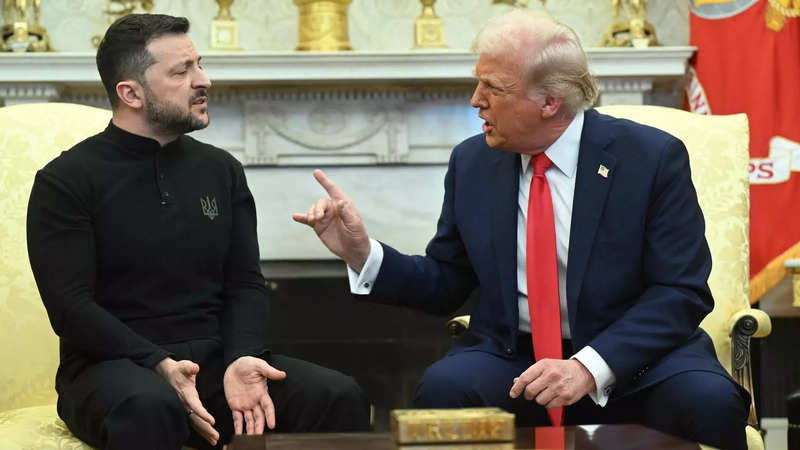Explained: Did the US really spend ‘$350bn’ on Ukraine?

- Chandrima Banerjee
- TIMESOFINDIA.COMUpdated: Mar 3, 2025, 08:00 IST IST
The US now sees all of its aid to Ukraine as a form of debt — and wants Zelensky to be grateful for it. But has it really spent as much as Trump is claiming? Let’s look at some cold numbers
